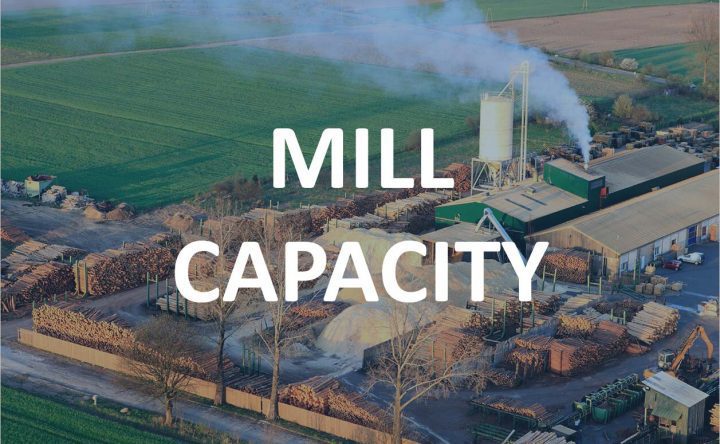Redfin reported on Monday that rent increases slowed in June, with the national median asking rent rising year-over-year by 14%. This is the smallest annual increase in rent since October of 2021. Between May and June, rents only increased by 0.7%, the smallest month-over-month gain since the start of the year.
Wood Markets News
The NFIB’s Small Business Optimism Index Declines for Sixth Consecutive Month in June
The National Federation of Independent Business (NFIB), one of the largest small business associations in the U.S., reported today (7-12-22) their NFIB Small Business Optimism Index (SBOI) for June 2022. According to the report, the June SBOI fell below the 48-year average reading of 98 for the sixth consecutive month, to a reading of 89.5 in June.
CME to Launch Mini Lumber Futures in August
CME Group Inc. plans to replace its lumber futures contract with a smaller version that will be deliverable to Chicago rather than Western Canada, following two volatile years that lifted prices to record highs.
U.S. National Interagency Fire Center Wildfire Update for July 11th , 2022 – 19 New Wildfires Reported
The U.S. National Interagency Fire Center (NIFC) reported on Monday (7-11-22) that the total number of large wildfires and complexes currently burning in the U.S. has increased to 73, with more than 2,805,239 acres across 10 different states now ablaze.
Wood Panel Production in Europe Increased 10% in 2021
According to the latest data released by the European Panel Federation (EPF), European wood-based panel production was up 10% in 2021.
Koskisen Sells Russian Wood Processing Facility to Cherepovetsles
Koskisen announced on June 22nd, 2022, that it had sold its wood processing facility, located in Russia to Cherepovetsles.
June Home Sale Cancelation Levels at Highest Level Since Start of Pandemic
Redfin reported today (7-11-22) that approximately 60,000 home-purchase agreements were canceled in June, that is equal to 14.9% of all the homes that went under contract during the month.
Fannie Mae Home Purchasing Sentiment Index at Second-Lowest Reading in a Decade
On Thursday (7-7-22) afternoon, Fannie Mae released its Fannie Mae Home Purchasing Sentiment Index® (HPSI) for June. According to the report, the HPSI dropped 3.4 points to a reading of 64.8. This is the second-lowest reading in a decade.
Capacity for Tolko Industries/Southeast Timber Products Joint Venture in Mississippi Updated
Tolko Industries, the Vernon, British Columbia, Canada, based company announced that it is making a $150 million (USD) investment in […]
Superior Pine Products Acquires 58,000 Acres of Arkansas and Louisiana Timberland
Superior Pine Products Company of Fargo, GA, announced today that it has acquired the Castle Timberland property from Molpus Woodlands […]







